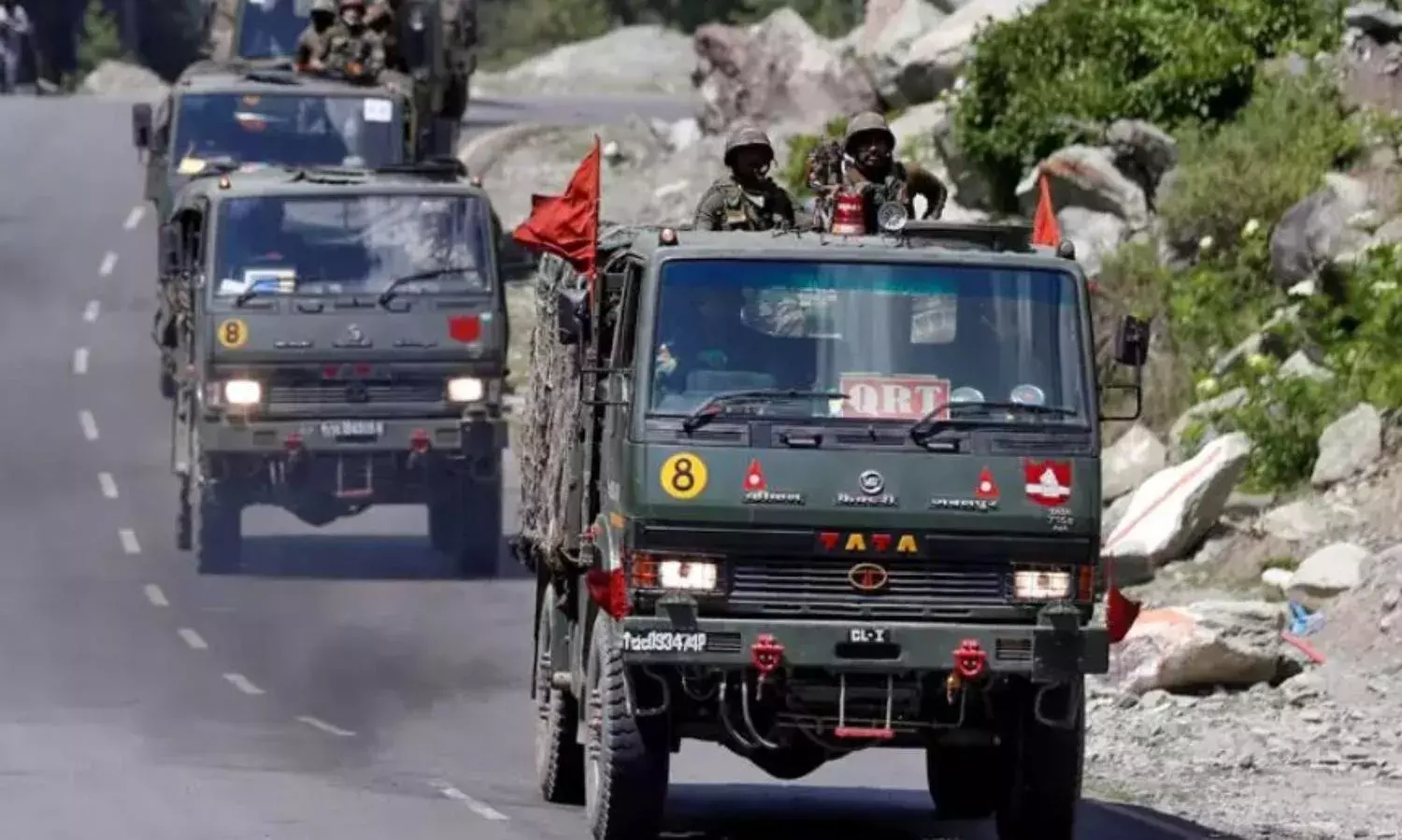India’s Security Dilemma
India deploys additional 35,000 troops to the border, raising probability of conflict

As tensions with China along the border remain high, India is deploying an additional 35,000 troops to the region, creating what scholars of international relations refer to as a security dilemma, likely raising the probability of military conflict.
The security dilemma is a theoretical concept whereby actions meant to increase a state’s security can be perceived as hostile, thereby increasing the probability of armed conflict between states, even if the states have compatible goals of peace. As such, India risks the perception of aggression toward China in the effort to build up its military capabilities, even if such actions are genuinely intended to be defensive. Building its military capabilities could possibly prove to be an effective bargaining chip with China, but is risky and raises the probability of military conflict.
In order to protect against attack, states may attempt to control their borders, fearing either unwanted precedents or increased vulnerability. In addition to the possibility of misinterpreting defensive capabilities for increased aggressiveness, the exact border between China and India is unclear, exacerbating the possibility of misperception with regard to the desire for security relative to territorial expansion.
Building on the work of Herbert Butterfield and John Herz, Robert Jervis argues that the anarchic structure of international relations provides the necessary context for the security dilemma to flourish. Without a credible international institution to mediate a resolution to the border dispute, India must rely on its own defensive capabilities or potential cooperation with others including the United States, Japan, and Australia, to ensure its territorial sovereignty.
In the attempt to assure its territorial sovereignty on the border, India’s actions risk being perceived as threatening by China. An increasingly emboldened China has been exerting its assertiveness on multiple fronts including Hong Kong, the South China Sea, the disputed Senkaku/Diaoyu Islands, Taiwan, and along the Indian border both in Ladakh and Arunachal Pradesh. The strategic importance of the Galwan River valley lies in its proximity to the Darbuk-Shyok-Daulat Beg Oldi Road, which provides access to Aksai Chin and the Daulat Beg Oldi military base.
How to ensure India’s territorial sovereignty without increasing the probability of military conflict should be a vital and immediate concern for the Modi Administration. India resumed diplomatic negotiations with China over the disputed border region on 20 August 2020, with the announcement of vague commitments from both countries to restore peace and work toward the complete disengagement of troops. China seems to remain committed to building its capabilities in the region, while India has rejected the possibility of withdrawing a commensurate distance it is demanding of China.
Of course, diplomatic concessions by India risk encouraging future aggression, with the Munich Pact prior to WWII perhaps the most cited example of a failed effort toward appeasement. Indeed, the Modi Administration has faced criticism for its handling of the Doklam in which it is suggested that the Administration was willing to concede a propaganda victory for Chinese control of disputed land assets.
On August 24, 2020 Chief of Defense Staff General Bipin Rawat reiterated the possibility that India will attempt to resolve the conflict on the border militarily if diplomatic negotiations fail. Lasting peace, it is suggested, can only be achieved through military strength Some, including Chief Minister Captain Amarinder Singh, believe that Chinese territorial expansion into India can only be solved militarily. If India believes conflict with China is inevitable, then building its military capabilities in Ladakh would certainly make sense, but in doing so the probability of conflict increases.
In recent weeks, India has indicated that it will increase its military presence on the border in Ladakh by some 35,000 troops. The buildup of troops has been interpreted as aggressive and provocative by Chinese sources, who also blame what is claimed to be India’s territorial incursion for the outbreak of violence on June 15, 2020.
Both India and China are sending fighter jets to the region as debate is intensifying over who might have the advantage in the air. India claims its new Rafale fighter jets to be superior to the Chinese J-20, while China claims the Rafale to be no match for the J-20. Additionally, India has deployed anti-aircraft missiles to the region in recent days.
India has intended to increase its military capabilities along the border for some time as indicated in remarks by General Naravane upon assuming the role of Army Chief of Staff on January 1, 2020. Ensuring peace on the border, General Naravane suggested, would require building up India’s defensive capabilities on the Chinese border. Taking General Naravane at his word that an increase of military capabilities on the border would be for defensive purposes, such a buildup is still likely to be perceived as hostile by China.
While continued diplomatic engagement between India and China is welcome, the path to complete disengagement of troops remains unclear and unlikely. Moreover, a buildup of India’s defensive capabilities in Ladakh is likely to increase the probability of military conflict with China. If India would like to resolve the situation peacefully, a military buildup is risky; if India believes conflict is necessary, strengthening its forces on the border is logical.
Michael Dickerson is an independent research consultant and holds a PhD in Political Science from Brown University



